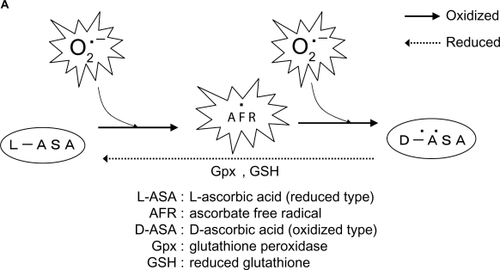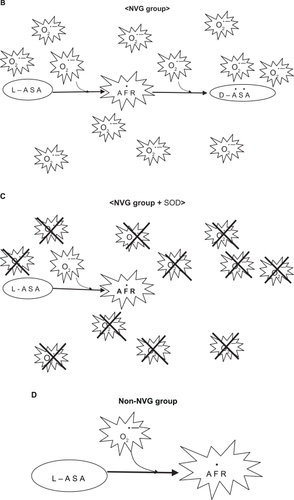Figures & data
Table 1A Patient demographic data
Table 1B Patient demographic data
Table 2 ESR measurement conditions
Figure 1 In the NVG group, free radical waveforms are detected that differ from AFRs in all 10 eyes. These waveforms are unchanged following addition of catalase but change to AFRs following addition of SOD.
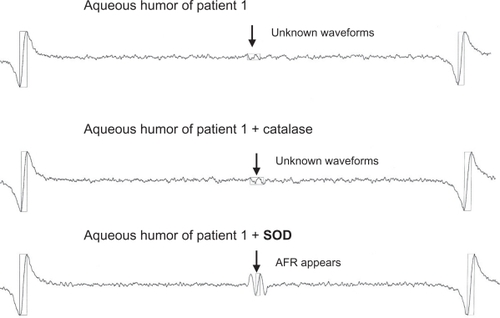
Figure 2 In 13 of the 17 eyes in the non-NVG group, AFR spectra are observed and the waveforms do not change following addition of catalase or SOD.
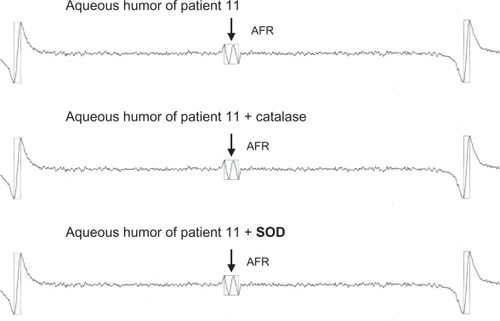
Figure 3 In 4 of the 17 non-NVG group eyes, inconclusive AFR waveforms are observed. These waveforms do not change following addition of catalase but change to a more conclusive AFR waveform following addition of SOD.
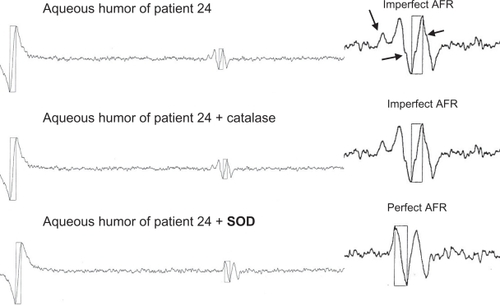
Figure 4 In vitro formation of superoxide with a xanthine-xanthine oxidase system followed by the addition of different concentrations of L-ascorbic acid.
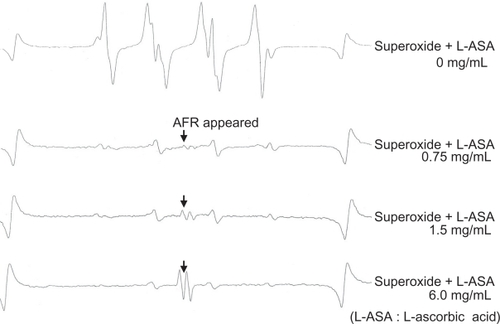
Table 3A Free radicals in aqueous humor of patients with glaucoma
Table 3B Free radicals in aqueous humor of patients with glaucoma
Figure 5 A) AFRs are generated from L-ascorbic acid as a result of L-ascorbic acid oxidation by unpaired electrons of superoxides. Moreover, the oxidized type of dehydroascorbic acid is reduced by the action of Gpx and GSH. B) In the NVG group, L-ascorbic acid captures a large amount of superoxides and is subjected to peroxidation to the state of oxidized ascorbic acid through the AFR stage, resulting in superoxides being detected without being eliminated by ascorbic acid. C) In the NVG group following addition of SOD, excessive superoxides are eliminated, causing the L-ascorbic acid to remain at the AFR stage without being peroxidated to oxidized L-ascorbic acid. D) In the non-NVG group, no superoxides are present to the degree they are present in the NVG group, enabling the L-ascorbic acid to eliminate superoxides and resulting in the detection of AFRs.
